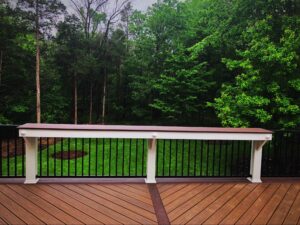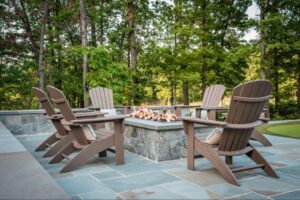When considering home additions, three-season and four-season rooms are popular choices that can enhance your living space and improve your quality of life. These sunlit havens can serve multiple purposes, from a tranquil reading nook to a lively entertainment area. However, understanding the differences between these two types of rooms is essential for making an informed decision that fits your lifestyle and budget. In this comprehensive guide, we will explore the features, benefits, drawbacks, and overall value of three-season and four-season rooms.
Understanding the Basics
Three-season rooms are primarily designed for use during the spring, summer, and fall. They typically feature large windows and screens that allow for plenty of natural light while keeping insects at bay. However, they are generally not insulated and lack heating systems, which means they can become quite chilly during the winter months. This makes them ideal for those who want to enjoy outdoor views and fresh air without fully committing to a year-round space.
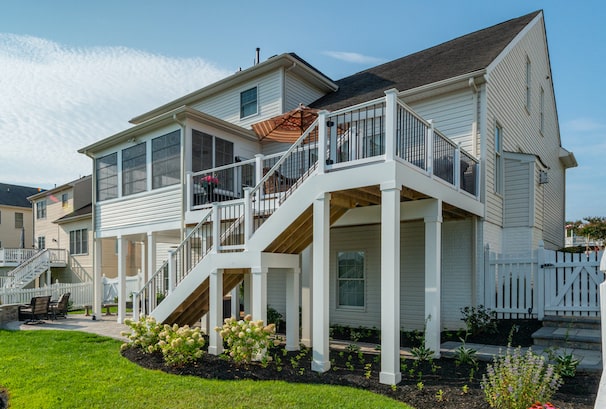
In contrast, Four-season rooms are constructed for year-round use, making them a more versatile addition to your home. These rooms are fully insulated and usually include heating and cooling systems, allowing for comfortable temperatures regardless of the weather outside. They can be used for various purposes, such as a living room, home office, or sunroom, making them a valuable investment for homeowners who want to maximize their living space.
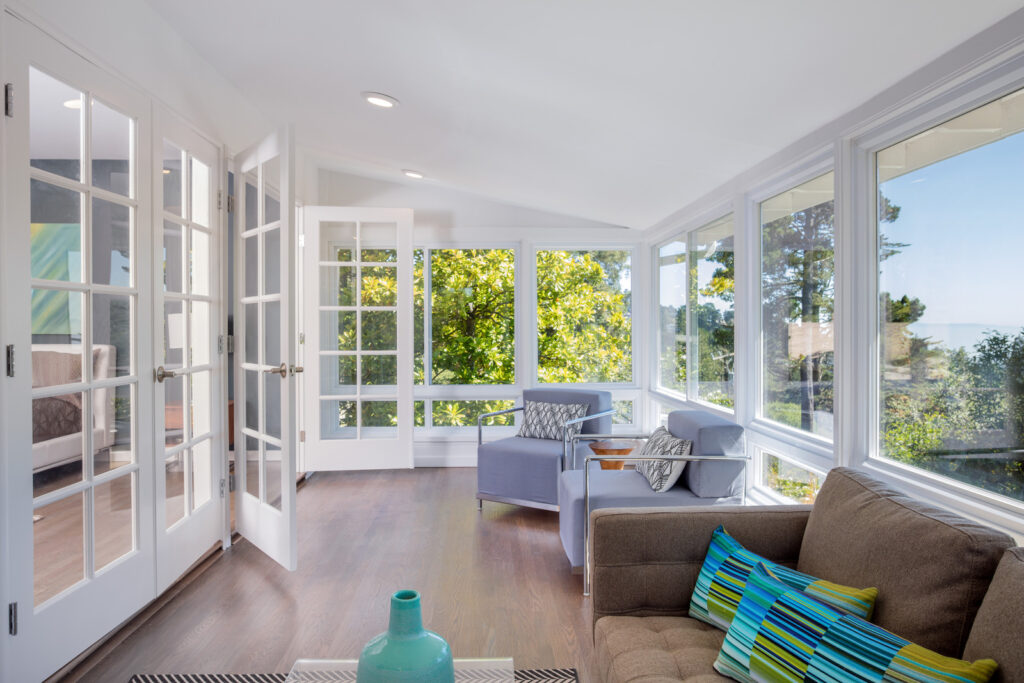
Design and Construction
One of the most significant differences between three-season and four-season rooms is the design and construction methods used.
Three-season rooms often feature a simple structure with a focus on maximizing natural light. They typically include:
- Large Windows: Often made of glass, these windows allow ample sunlight to enter the space, creating a bright and airy atmosphere.
- Screens: To keep insects out while letting in fresh air, screens are a standard feature. Many three-season rooms come equipped with removable screens, allowing for flexibility based on the season.
- Basic Insulation: While some three-season rooms may have minimal insulation, they typically do not offer the same level of thermal efficiency as four-season rooms.
Four-season rooms, on the other hand, are built with more robust construction methods. Key features often include:
- Full Insulation: These rooms are designed to retain heat during the winter and stay cool in the summer, thanks to high-quality insulation in the walls, roof, and floors.
- Climate Control Systems: Most four-season rooms come equipped with heating and cooling systems, allowing homeowners to adjust the temperature as needed. This may include electric heaters, baseboard heating, or even ductless mini-split systems for air conditioning.
- Permanently Sealed Windows: Four-season rooms typically feature double- or triple-pane glass windows that offer superior insulation and energy efficiency.
Cost Considerations
Cost is often a deciding factor when choosing between a three-season and a four-season room. The price can vary significantly based on size, materials, and features.
Three-season rooms tend to be more affordable to build and maintain. Because they do not require extensive insulation or climate control systems, the initial investment is generally lower. On average, homeowners can expect to pay anywhere from $15,000 to $25,000 for a three-season room, depending on size and materials.
Four-season rooms, tend to be more expensive. The average cost for a four-season room can range from $20,000 to $60,000 or more, depending on the complexity of the design and the materials used. However, this investment can lead to a significant return, as these rooms often increase a home’s resale value and provide year-round enjoyment.
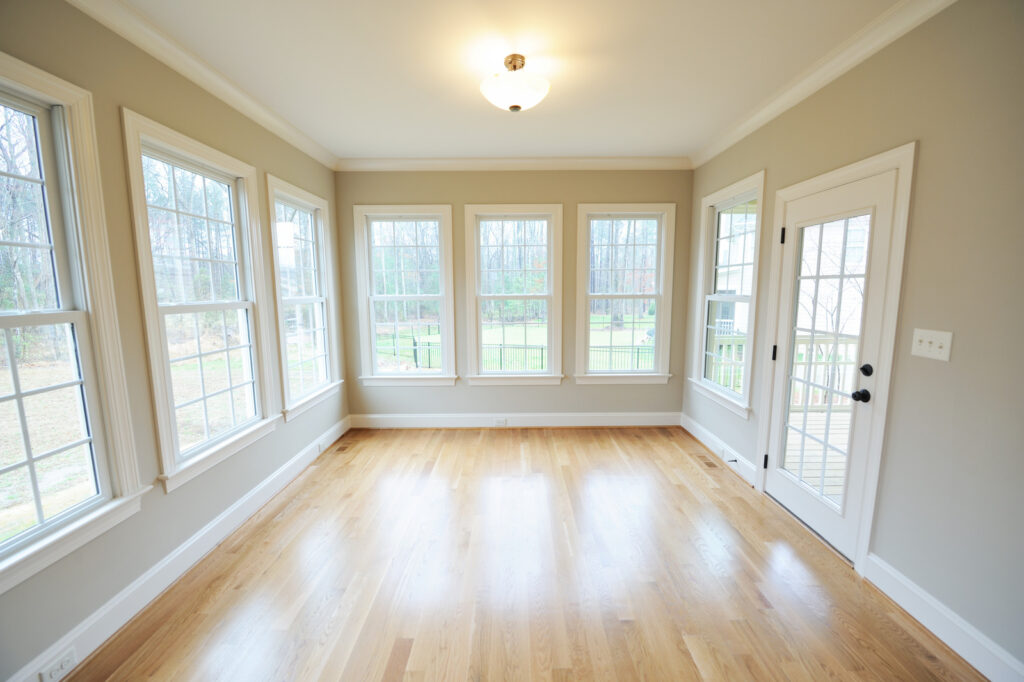
Usage and Functionality
When deciding between a three-season and a four-season room, consider how you plan to use the space. Three-season rooms are ideal for:
- Seasonal Enjoyment: If you love spending time outdoors in pleasant weather, a three-season room provides a comfortable space to relax without worrying about bugs or rain.
- Casual Entertaining: These rooms are great for hosting gatherings during the warmer months. You can set up seating, a bar, or even a grill just outside the room for easy access.
- Hobbies and Crafts: If you enjoy gardening, crafting, or other hobbies, a three-season room offers a serene environment without the distractions of the main house.
Four-Season Rooms, on the other hand, offer a wider range of possibilities:
- Year-Round Living Space: With heating and cooling capabilities, a four-season room can serve as a cozy retreat in winter and a cool escape in summer.
- Flexible Usage: These rooms can function as a family room, home office, gym, or even a guest room, depending on your needs. The versatility of a four-season room makes it suitable for various activities throughout the year.
- Increased Home Value: A well-designed four-season room can significantly enhance your home’s resale value, appealing to potential buyers who are looking for additional living space.
Aesthetic Appeal
Both three-season and four-season rooms can add aesthetic value to your home, but their styles and designs can differ. Three-Season Rooms often have a more casual, relaxed look, featuring:
- Natural Elements: Wood and glass are common materials, giving the space a warm, inviting feel.
- Open Designs: Many three-season rooms have a more open layout to maximize airflow and sunlight, often with minimal furniture to maintain a light and airy atmosphere.
- Landscaping Integration: Since these rooms are typically more connected to the outdoors, landscaping can play a significant role in their design, allowing for beautiful views of gardens, patios, or natural landscapes.
Four-season rooms can have a more sophisticated and polished appearance, with design elements that include:
- Higher-Quality Materials: Four-season rooms often utilize premium materials, such as high-end windows, insulated walls, and stylish finishes that complement the overall look of the home.
- Formal Layouts: These rooms can be designed with specific furniture arrangements and decor in mind, making them suitable for entertaining or more formal gatherings.
- Architectural Features: Many four-season rooms incorporate architectural elements like vaulted ceilings, skylights, and decorative moldings that elevate the design and enhance the overall aesthetics of the home.
Climate Considerations
When deciding between a three-season and four-season room for your home in Virginia’s Fairfax, Loudoun, or Prince William Counties, the local climate plays a crucial role in making the right choice.
In these areas, winters can be cold, and summers tend to be hot and humid, making a three-season room a good option if you’re looking to enjoy the milder weather in the spring and fall without the need for year-round heating or cooling. A three-season room is ideal for relaxing or entertaining when temperatures are comfortable, but it may not be as useful during the hottest summer days or cold winter months.
However, with the region’s fluctuating temperatures, many homeowners find that a four-season room offers greater versatility. Thanks to insulation and climate control, a four-season room provides comfort throughout the year, allowing you to enjoy the space even during the coldest winter days and hottest summer afternoons. For those in Northern Virginia, where winters can get chilly, a four-season room ensures a cozy retreat while still letting you feel connected to the outdoors year-round.
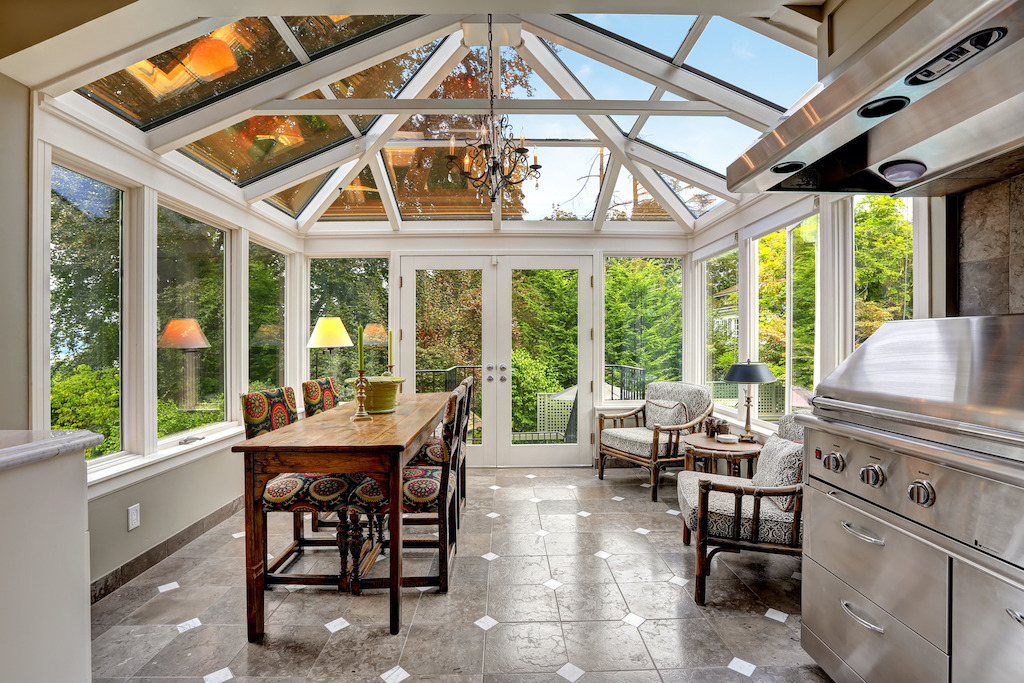
Maintenance Requirements
Maintenance is another important factor to consider when choosing between these two room types. Three-season rooms generally require less maintenance due to their simpler design and materials. However, you may need to clean and maintain screens, windows, and any outdoor furniture regularly. Seasonal closing and opening may also be necessary, especially in areas with harsh winters.
Four-season rooms may require more upkeep due to their climate control systems and more complex designs. Regular maintenance of heating and cooling systems is essential to ensure they operate efficiently. Additionally, you’ll need to clean windows and surfaces more frequently to keep the space looking its best year-round.
Energy Efficiency
Energy efficiency is an increasingly important consideration for homeowners. Three-season rooms, while less expensive to build, may not be as energy-efficient as four-season rooms. Their lack of insulation means they can lose heat in winter and gain heat in summer, potentially leading to higher energy costs. However, their open design and use of natural ventilation can help keep the space comfortable during mild weather.
In contrast, Four-Season Rooms are designed with energy efficiency in mind. High-quality insulation and energy-efficient windows help maintain consistent temperatures, reducing the need for heating and cooling. This can result in lower energy bills and a more comfortable environment throughout the year. Many homeowners find that the initial investment in a four-season room pays off over time due to reduced energy costs.
Want More 3-Season vs. 4-Season Sunroom Information?
Choosing between a three-season and a four-season room ultimately depends on your lifestyle, budget, and how you plan to use the space. Three-season rooms are an excellent option for those seeking a casual, budget-friendly way to enjoy the outdoors during warmer months, while four-season rooms offer a more versatile and year-round solution for those who want to maximize their living space.
Consider the climate in your area, the intended use of the room, and your budget when making your decision. Both options can enhance your home and provide a beautiful space to relax, entertain, and enjoy the changing seasons. Whichever you choose, a well-designed room will undoubtedly add value and comfort to your home for years to come.
If you are in Virginia’s Fairfax, Loudoun, or Prince William Counties, reach out to Sunburst Construction to see if we can assist in your project. Give us a call at 703-827-1207 or contact us online today!


